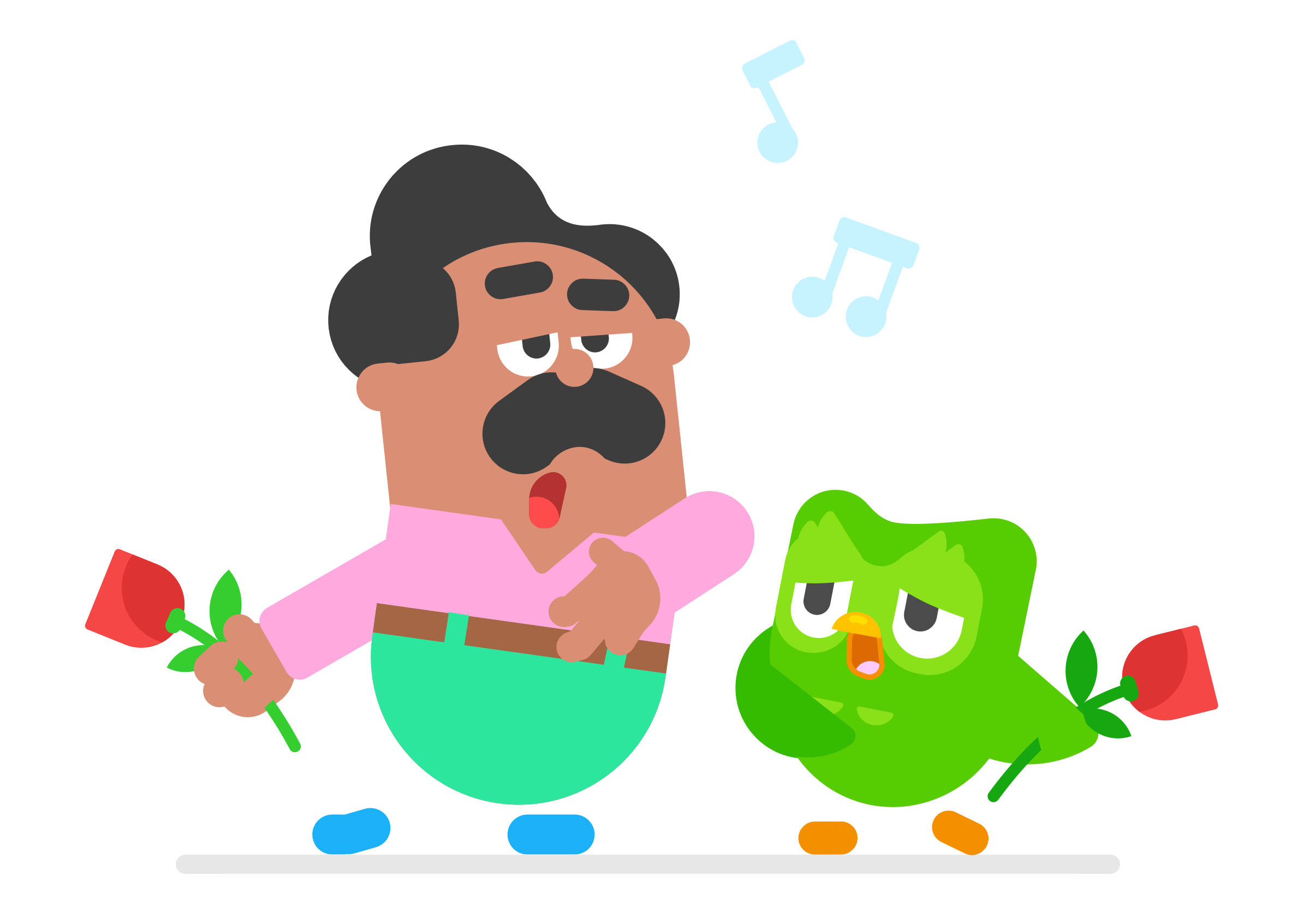If you’re studying a language, then you’re no stranger to love. It’s the excitement of learning a new verb tense, it’s the butterflies in your stomach when you make a joke in the language, it’s the quickening of your pulse when you overhear—and understand—someone using the language on your morning commute. That’s amore.

But when linguists talk about “Romance” languages, this language-learning lovefest is not what they have in mind. French, Spanish, Italian—they may sound like the language of love, but what truly unites them isn’t poetry or passion: It’s Latin.
Romance languages started with Latin.
Latin comes from the Indo-European language family—a huge group of related languages with their origins in Europe and Central Asia. Latin hitched a ride through Europe on the back of the Roman Empire, and the language of the Romans spread to present-day Spain, France, and the Balkans, among many other places—all lands that already had people, languages, and cultures all their own.
When the Romans showed up, the versions of Latin that they spoke (often called Vulgar Latin) did some combination of mixing, dominating, and destroying the languages they encountered. Over time, these regional forms of spoken Latin developed into the distinct but related languages we now call the Romance languages.
There are more than a dozen Romance languages still spoken today.
Because language change is inevitable, several Romance languages haven’t survived. These include Dalmatian, once spoken along the Adriatic coast; Judeo-Portuguese, used historically by Sephardic Jewish communities in Portugal and beyond; Navarro-Aragonese, an important medieval language of northeastern Spain; Auregnais, formerly spoken on the Channel Island of Alderney; Gothic Romance, a theorized Romance variety influenced by Gothic in early Iberia; etc.
But fortunately, many other Romance languages have survived. We’ve already mentioned Spanish, Portuguese, Italian and French, but here are a few more:
- Galician: Spoken by about 2.2 million people in the autonomous community of Galicia in northwestern Spain.
- Asturian: Used in the region of Asturias in northern Spain by around 100,000 native speakers and several hundred thousand more who speak it as a second language. It is considered endangered because of the growing dominance of Spanish.
- Occitan: Spoken by around 110,000 people primarily in southern France, but also parts of Italy, Monaco, and the Val d’Aran in Spain. It is considered severely endangered.
- Catalan: Spoken by over 9 million people in Catalonia, the Balearic Islands, Andorra, parts of southern France, and some nearby regions.
- Arpitan (also known as Franco-Provençal): Spoken in parts of eastern France, western Switzerland, and Italy’s Aosta Valley by less than 150,000 speakers. It is considered severely endangered.
- Romansh: Used in eastern Switzerland by about 60,000 people and considered endangered.
- Ladin: Spoken in the Dolomite mountain region of northern Italy, especially in South Tyrol, Trentino, and Belluno, by around 30,000 people. It is considered endangered.
- Sicilian: Spoken in Sicily and parts of southern Italy, including Calabria and Apulia, by around 4.7 million speakers.
- Sardinian: Used in Sardinia by more than 1.5 million speakers. Despite its large speaker base, it is considered endangered due to increasing language shift toward Italian.
- Romanian: Spoken by roughly 24 to 26 million speakers primarily in Romania and Moldova, with additional communities in Ukraine, Serbia, Hungary, and throughout the global diaspora.
Creole languages tell a different kind of story.
The story of Romance languages doesn’t end in Europe. As those languages spread around the world, usually through colonization, slavery, and trade, they came into contact with a wide range of other languages—after all, everywhere they went, people already had languages of their own!—and gave rise to new, locally-rooted varieties. In many regions, communities developed pidgins, and sometimes also creoles: fully developed languages with their own unique grammars and identities.
Pidgins and creoles are shaped by the linguistic creativity and resilience of the people who speak them. Many have ties to Romance languages through historical contact, but over time they become increasingly distinct from them and from one another—much more than simply offshoots or dialects. Here are some examples of creoles that developed partly through contact with Romance languages:
- Haitian Creole: Spoken by over 10 million people, Haitian Creole developed during French colonial rule, and it is a language with its own structure, vocabulary, and identity. While some of its words are recognizable to speakers of French, it is not a form of French—it is its own language, deeply shaped by African languages and local innovation.
- Papiamento: Used in Curaçao, Aruba and Bonaire, Papiamento has roots connected to Spanish and Portuguese, along with African languages and Dutch. It reflects centuries of cultural and linguistic mixing in the Caribbean.
- Cape Verdean Creole: Spoken across the Cape Verde islands, Cape Verdean Creole draws on Portuguese-era contact, and it incorporates West African linguistic patterns and community creativity.
- Chavacano: In the Philippines, Chavacano emerged from Spanish colonial contact, mixing Spanish vocabulary with grammar influenced by local Philippine languages like Tagalog and Cebuano.
These languages remind us that language contact doesn’t just reshape older languages—it creates entirely new ones. In doing so, creoles carry not just echoes of Romance languages, but the histories and voices of the people who made those words their own.
Romance languages still show traces of the languages they conquered.
Because language contact is a two-way street, today, modern Romance languages often have words or grammar rules from the Celtic, Germanic, Slavic, or other languages that they encountered across Europe. For example, Romanian is a Romance language that has a lot of influence from Slavic languages. There’s plenty that it shares with its Romance language siblings, especially Italian, but you’ll also find things in Romanian that come from Slavic languages, for example:
- Pronunciation. There are traces of Slavic influence in how Romanian is pronounced, like the “h” sound. Words like duh (spirit) and hrean (horseradish) were borrowed from Slavic, and that may be how Romanian first got an “h” sound to begin with!
- Vocabulary. Romanian vocabulary also shows clear Slavic influence. Terms like prieten (friend), bogat (rich), and rai (heaven) all have Slavic roots. Even the standard word for “snow,” zăpadă, is of Slavic origin, while the word that evolved from Latin, nea, survives mainly in poetry and regional speech.
- Grammar. Romanian is the only Romance language that still has a functional case system—and that’s likely due to influence from Slavic languages, many of which also use cases. The Romanian case system is likely a holdover from Latin, but some of the case endings themselves come directly from neighboring Slavic languages!
Fall in love with Latin’s legacy
From military conquests to mountain villages, from Latin roots to Slavic endings, the Romance languages have traveled far and wide. So why not start a little romance of your own? 💘
